How Does a Septic Tank Work? Types & Processes Explained
-
Codee Chessher
- Last updated:
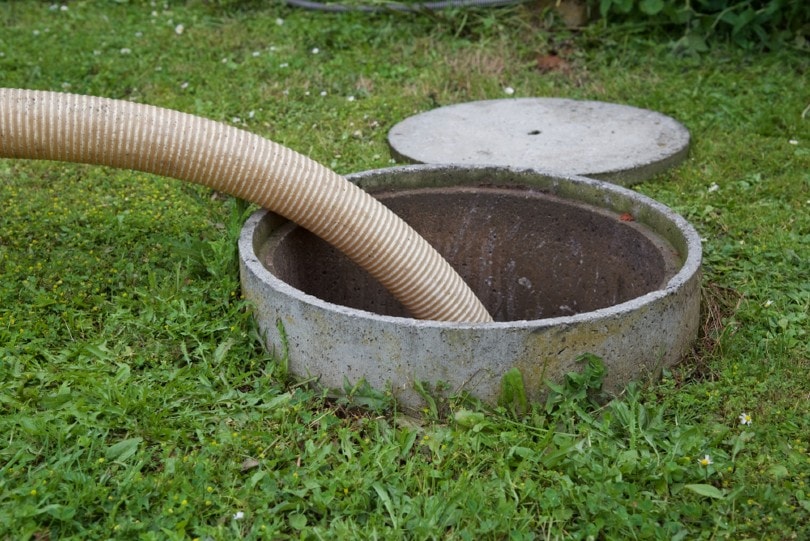
Many people never stop to think about what happens when they flush their toilet, save for some rare and unfortunate incidents when their septic tank backs up. What are septic tanks anyway, and how do they work?
It’s not a very exciting topic, but it’s interesting and useful to know about how your home works. Let’s check out some more about how septic tanks work and some other relevant info.
 How Do Septic Tanks Work?
How Do Septic Tanks Work?
Septic tanks themselves are sealed concrete, polyethylene, or fiberglass containers buried in the ground to collect waste from your home’s plumbing system. Well-designed septic systems can last for decades, but a shoddy one can wear out in just a few years, causing the homeowner a huge bill. Digging up and replacing septic tanks isn’t cheap!
Because most of our homes are mechanical or electrical, it might be a surprise to find out that septic tanks largely operate under bacteria power. That’s right, germs! More specifically, anaerobic bacteria that don’t require air. When wastewater (AKA effluent) is flushed into a septic tank, bacteria begin breaking down and sorting the matter. Despite the subject matter, it’s a pretty fascinating process.
First, heavier solids drop to the bottom of the tank, then greases and oils form a scum layer on top of the water. The process is helped along by commercially formulated chemical treatments, and then the liquid waste travels through a series of perforated pipes that drain into chambers or fields. There are some other types of septic tanks that use sand, peat, or sawdust to filter waste, but we’ll expand on those more down below.
Periodically, you will need to have the system pumped and flushed to remove solid waste that’s built up over time. You’ll usually only need to do this every 2–3 years or so if everything’s in working order. Pumping the tank actually slows down the bacterial action, so you don’t want to have it cleaned too often or it may fill up and back into your home’s plumbing systems.
Don’t worry, the waste that comes out of a septic tank isn’t as foul as the stuff that goes in. The bacteria that separate the waste also clarify and treat it to an extent. The resulting clarified effluent that goes into the drainpipe is treated further by bacteria in the surrounding soil layers. Once the water seeps up to the ground—if it does at all—it’s perfectly safe and mixes with groundwater.
When septic tanks get backed up, it’s not pretty. Raw, untreated sewage can percolate up and flood your lawn or bubble into your household faucets.
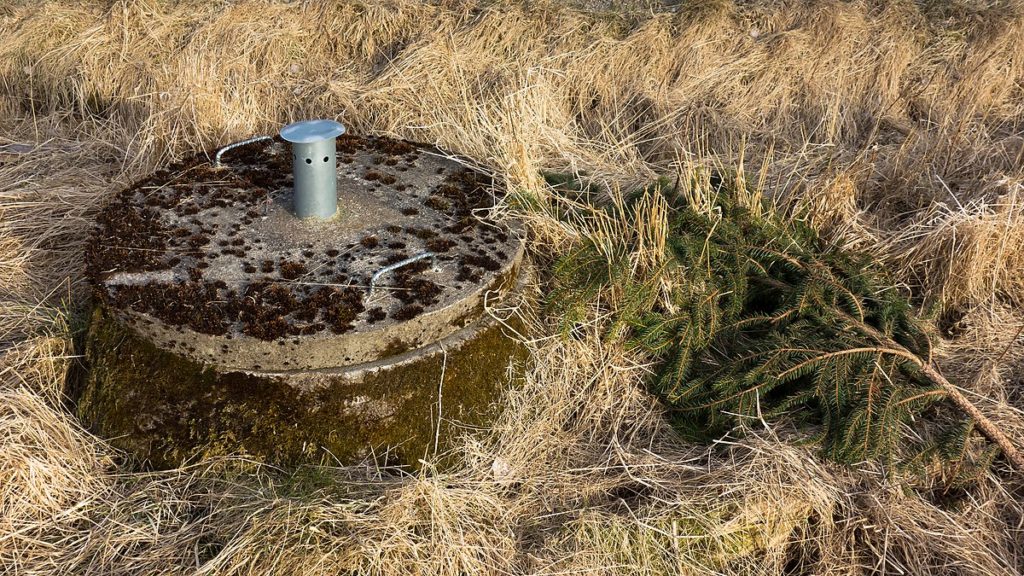
What Are the Different Types of Septic Tanks?
Generally speaking, septic tanks are either conventional or alternative, and those break down into other specialized types of tanks. Let’s briefly go over all the major types of septic tanks below.
Conventional Septic Tanks
These are the types used in your everyday home and some businesses.
Types of Conventional Septic Tanks:
- Gravity systems are the standard type used by most residential homes, using gravity to disperse effluent.
- Pressure distribution systems have a pump that evenly distributes effluent through the entire drain field at once, draining more efficiently but requiring more maintenance.
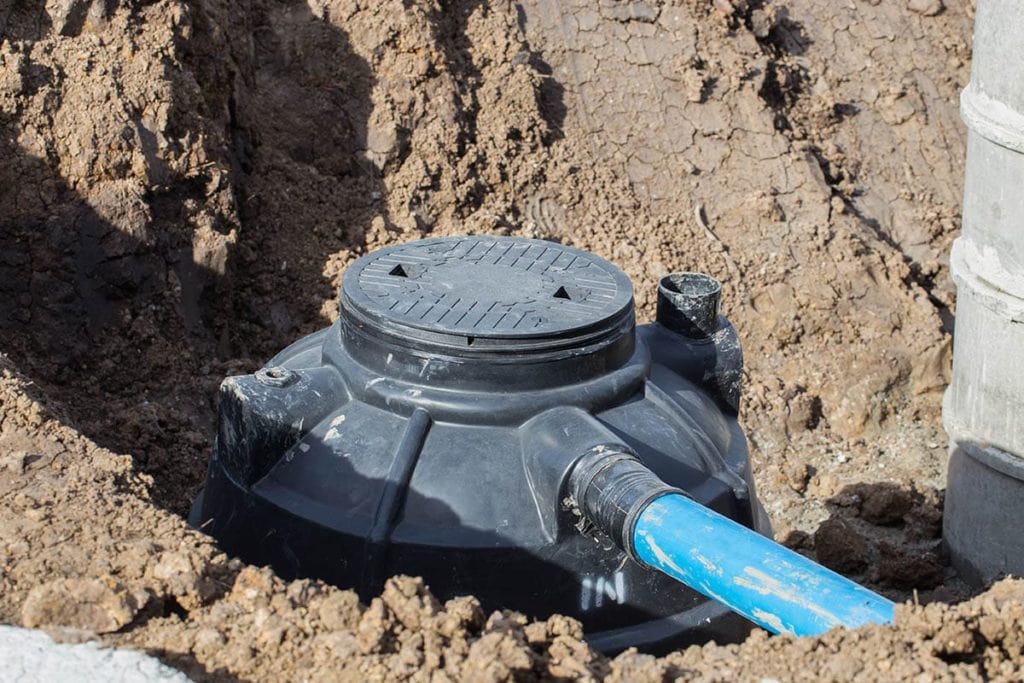
Alternative Septic Tanks
Alternative septic tanks are specifically designed for certain locations or applications where conventional systems wouldn’t be a good fit.
- Aerobic treatment units (ATUs) add oxygen to the septic system, which further clarifies effluent. Systems may use either chlorine or ultraviolet to break down waste and require power at all times to function properly. These are sometimes required when building in environmentally sensitive areas.
- Mound septic systems raise the drain field to work better with limited square footage.
- Sand septic systems run effluent through a sand filter to clarify it. Mainly used when there’s not much soil to treat effluent.
- Compost septic systems are basically expanded compost toilets that contain human waste and turn it into compost. Great for remote locations or when you’re planting nearby.
Where Are Septic Tanks Used?
Septic tanks are mainly used in rural areas that have enough land to use as a drain field. Campgrounds, mobile home parks, picnic areas, and rest stops are a few places you might find a septic tank system. However, septic tanks are a viable sewage solution for almost anyone whose home isn’t connected to a city sewage and drainage system.
Urban areas in cities are more commonly connected to city drainage systems, which are better equipped to deal with high volumes of waste. Septic tanks are more of a contained sewage solution for one home or area.
Advantages of Septic Tanks
Septic tanks have several distinct key advantages over using city water, and that’s why you’ll find them all over the globe wherever you can find people. Let’s delve more into the pros of septic tanks below.
Environmentally Friendly
Septic tanks typically require few to no chemicals to treat waste. Because they’re not connected to city water, you’re also not contributing to greenhouse gasses produced during the water treatment process at the local plant. In some cases, the resulting groundwater even contains nutrients that plants can use to grow! Even if the treated water doesn’t have much in the way of nutrients, the plant can always use the water.
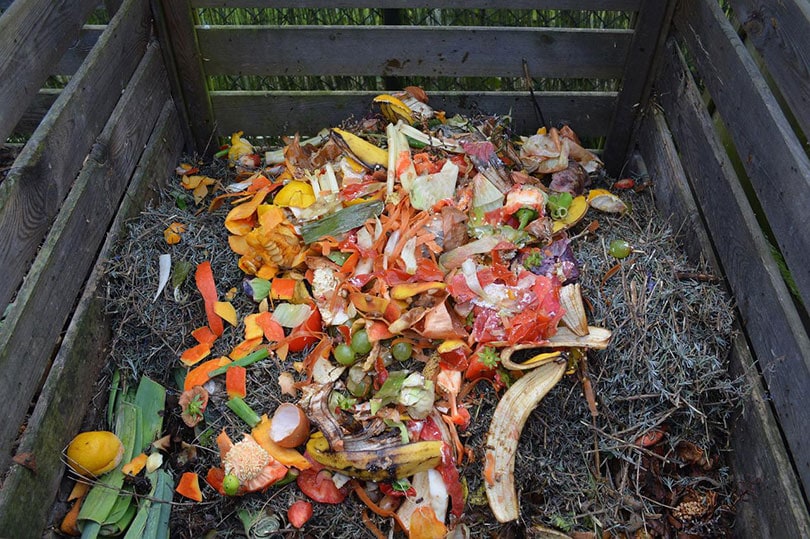
Durable
When a high-quality septic system is installed properly by qualified professionals and cared for, it can last for up to 40 years. However, 15 years is a more reasonable estimate for your average septic tank, though. Concrete septic tanks are the most durable and last the longest, while steel lags behind significantly at an average lifespan of just 15 years. Still, even 15 years is a long time.
Not Connected to City Water
When large storms and flash floods overwhelm city storm drainage systems, it can back into your home. Having a septic tank is a sensible choice that prevents sewage from flooding your taps and home. In severe cases, like low-lying areas, your entire home could even flood.
 Disadvantages of Septic Tanks
Disadvantages of Septic Tanks
Despite their strengths, septic tanks have some key flaws. These flaws usually determine whether a home is connected to city water or not, though it depends on a few different people. These include the contractor who built the house, the architect, and the person who originally paid to have the house built. Let’s see why you might not want a septic tank after all.
Requires Maintenance
Septic tanks need to be pumped every few years to remove built-up solid waste at the bottom of your septic tank, or else they can clog up and back into your home’s plumbing. On the flip side, you have to be careful to not use too much water, especially if your tank is small! Using too much water can overwhelm the septic system before it can treat and disperse the effluent, which, you guessed it, means the system backs up into your plumbing.
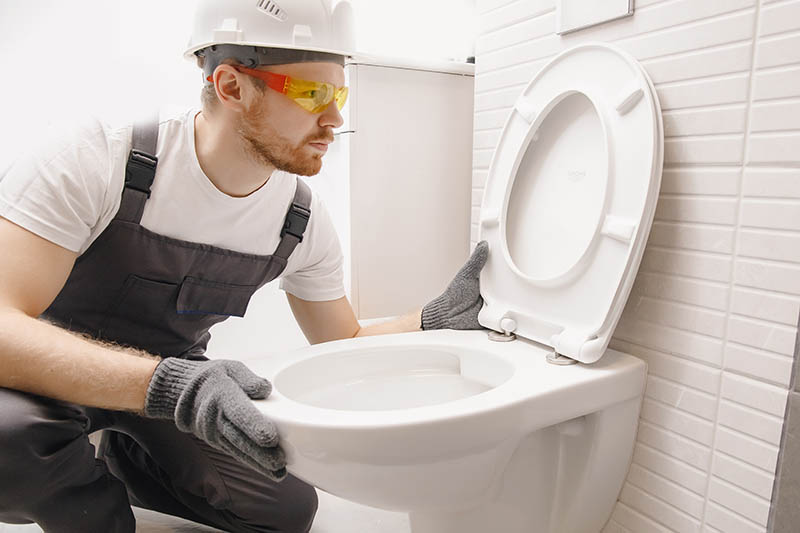
When Damaged or Malfunctioning, Things Get Gross
Septic systems are typically well-designed, so homeowners don’t have to think about them very often. The bad news is that sometimes things don’t go as planned. If a storm sends a rogue tree careening into a pipe that happens to connect to your septic system, you’ll find yourself thinking about your septic tank a lot.
Raw sewage can bubble up into your yard, as well as the faucets in your home. Nobody wants to see raw sewage come out of their kitchen sink or shower, so it’s best to take good care of your septic system in the first place. This could also be a dealbreaker that convinces someone to use city water instead.
 Frequently Asked Questions (FAQs) About Septic Tanks
Frequently Asked Questions (FAQs) About Septic Tanks
How do I know if my home has a septic tank?
One easy way to check is to look at a copy of your home’s building plans, permits, or the deed itself. Renters get a shortcut: just ask your landlord if there’s a septic system. It’s possible they told you and you forgot, or info about it could be buried in the fine print of your lease. If those options aren’t feasible, you can always go outside and look around. Large weird-looking mounds are a dead giveaway that you have a septic system, but check the plumbing leading away from your home to see if it leads to a septic system.
Can I disconnect from city water and have a septic system installed?
Absolutely. You have to go through all the bureaucratic rigmarole that goes along with building, including applying for building permits with local authorities. If you’re hiring a contractor, they’ll typically deal with that red tape stuff and present you with the paperwork when you pay them for the installation.
How do I prolong the lifespan of my septic tank?
There are several small ways you can help keep your septic tank in good order. Let’s briefly cover those down below.
- Don’t flush cigarette butts or female hygiene products down your toilets.
- Have the tank regularly pumped every few years.
- Don’t pour oil, coffee grounds, butter, cheese, or fat down drains.
- Regularly clean your shower’s drain to prevent hair from getting into the septic tank and clogging it up.
- Use your garbage disposal less. The food matter from the disposal makes septic tanks clog up more often, directly costing you more money to have it pumped.
 Conclusion
Conclusion
Septic tanks are a great waste management tool, but they’re better suited for rural areas that can’t connect to city water. In some other cases, like flood-prone areas, a septic tank would be a smart choice to prevent city water from flooding your home.
Featured Image Credit: M G White, Shutterstock
Contents
 How Do Septic Tanks Work?
How Do Septic Tanks Work? Disadvantages of Septic Tanks
Disadvantages of Septic Tanks